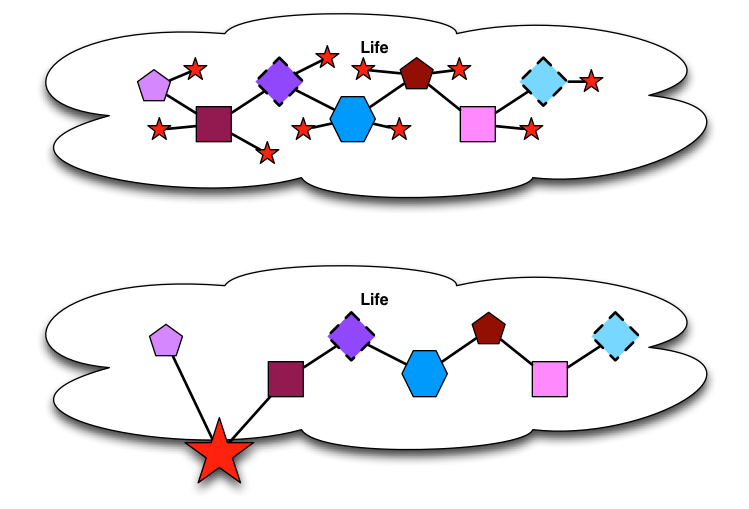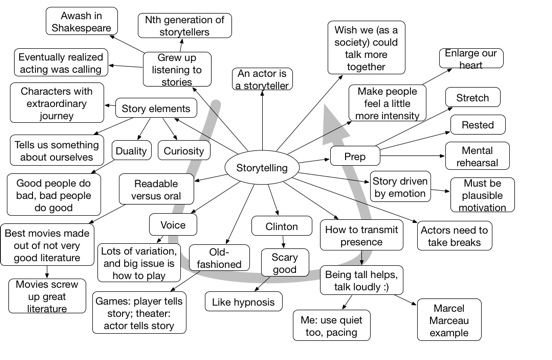After my post trying to characterize the differences between tablets and mobile, Amit Garg similarly posted that tablets are different. He concludes that “a conscious decision should be made when designing tablet learning (t-learning) solutions”, and goes further to suggest that converting elearning or mlearning directly may not make the most sense. I agree.
As I’ve suggested, I think the tablet’s not the same as a mobile phone. It’s not always with you, and consequently it’s not ready for any use. A real mobile device is useful for quick information bursts, not sustained attention to the device. (I’ll suggest that listening to audio, whether canned or a conversation, isn’t quite the same, the mobile device is a vehicle, not the main source of interaction.) Tablets are for more sustained interactions, in general. While they can be used for quick interactions, the screen size supports more sustained interactions.
So when do you use tablets? I believe they’re valuable for regular elearning, certainly. While you would want to design for the touch screen interface rather than mimic a mouse-driven interaction. Of course, I believe you also should not replicate the standard garbage elearning, and take advantage of rethinking the learning experience, as Barbara Means suggested in the SRI report for the US Department of Education, finding that eLearning was now superior to F2F. It’s not because of the medium itself, but because of the chance to redesign the learning.
So I think that tablets like the iPad will be great elearning platforms. Unless the task is inherently desktop, the intimacy of the touchscreen experience is likely to be superior. (Though more than Apple’s new market move, the books can be stunning, but they’re not a full learning experience.) But that’s not all.
Desktops, and even laptops don’t have the portability of a tablet. I, and others, find that tablets are taken more places than laptops. Consequently, they’re available for use as performance support in more contexts than laptops (and not as many as smart or app phones). I think there’ll be a continuum of performance support opportunities, and constraints like quantity of information (I’d rather look at a diagram on a tablet) constraints of time & space in the performance context, as well as preexisting pressures for pods (smartphone or PDA) versus tablets will determine the solution.
I do think there will be times when you can design performance support to run on both pads and pods, and times you can design elearning for both laptop and tablet (and tools will make that easier), but you’ll want to do a performance context analysis as well as your other analyses to determine what makes sense.

